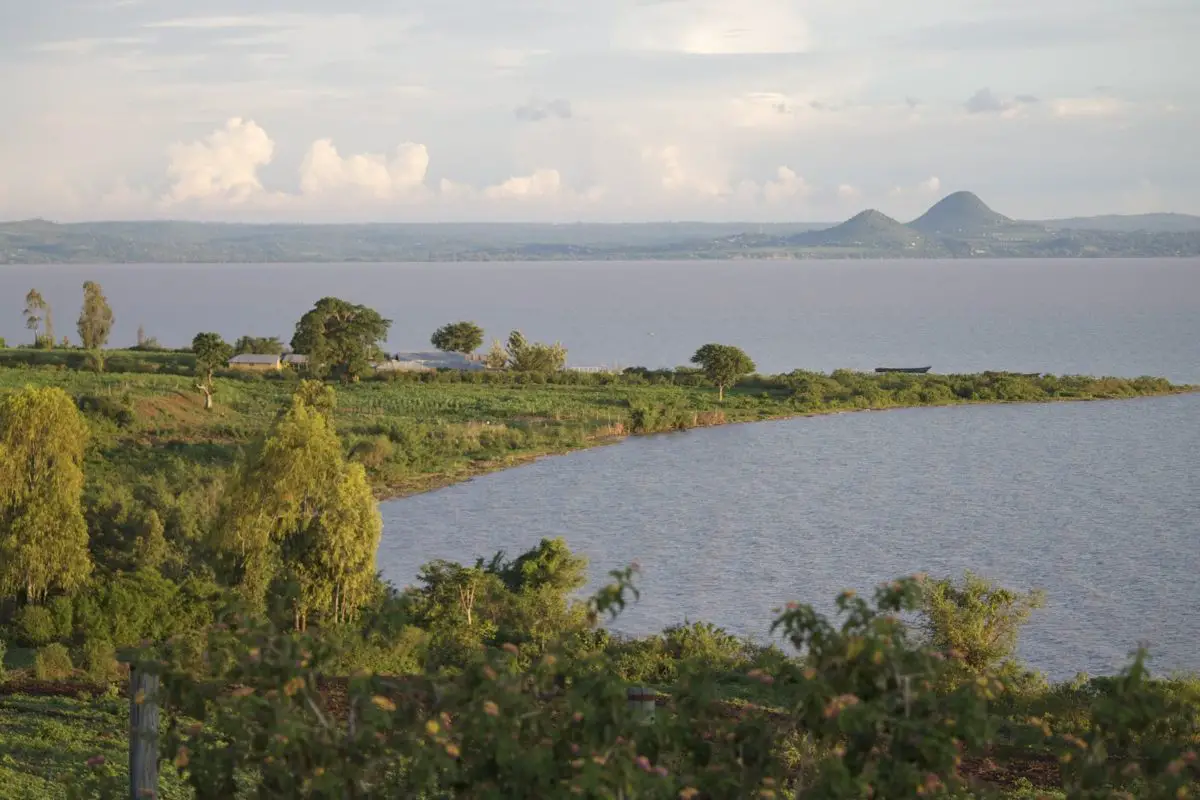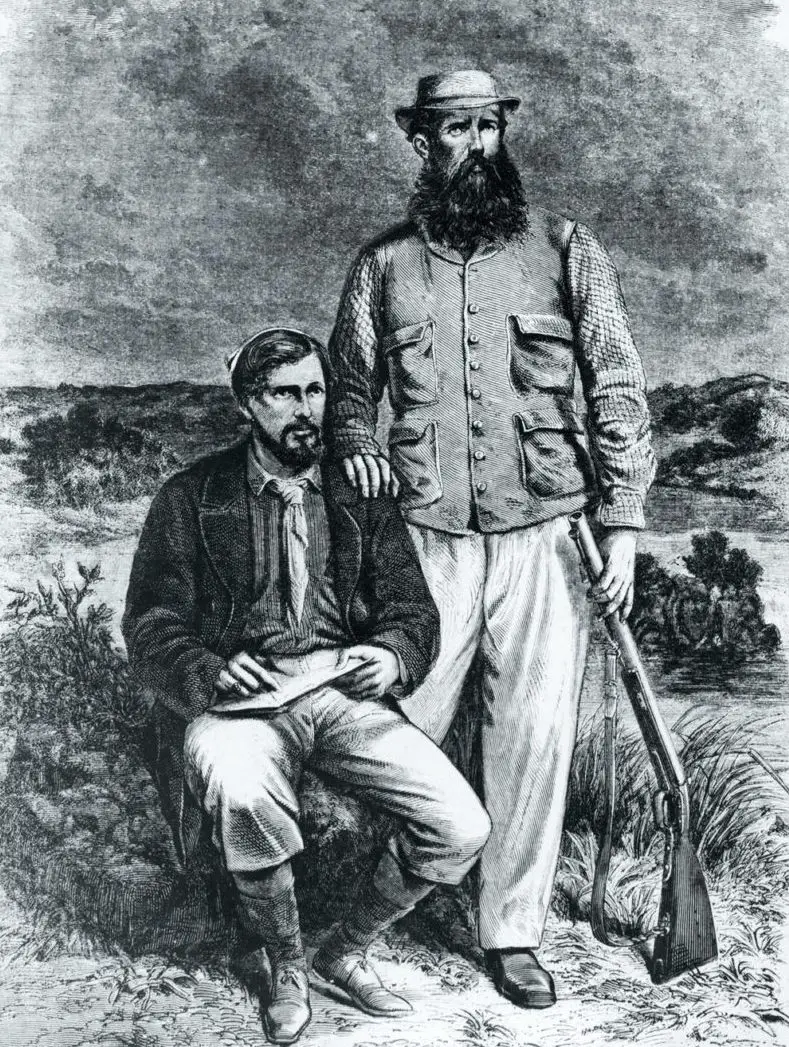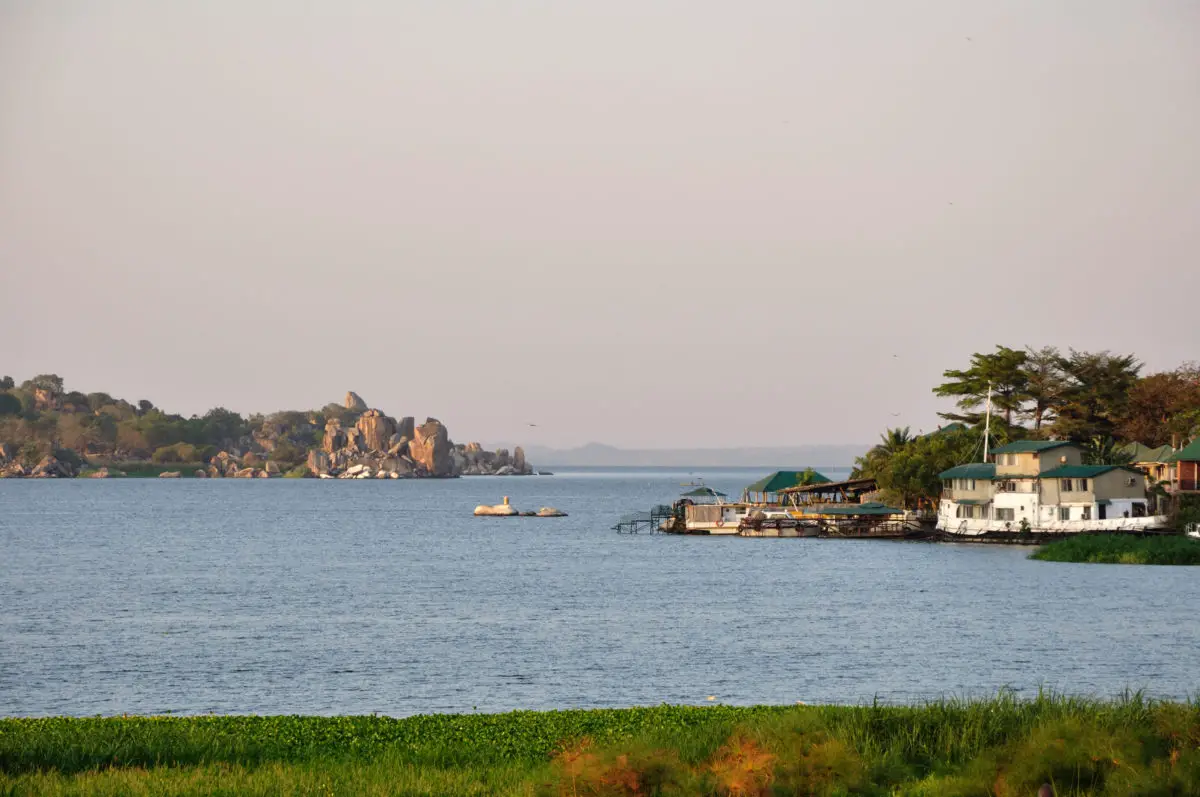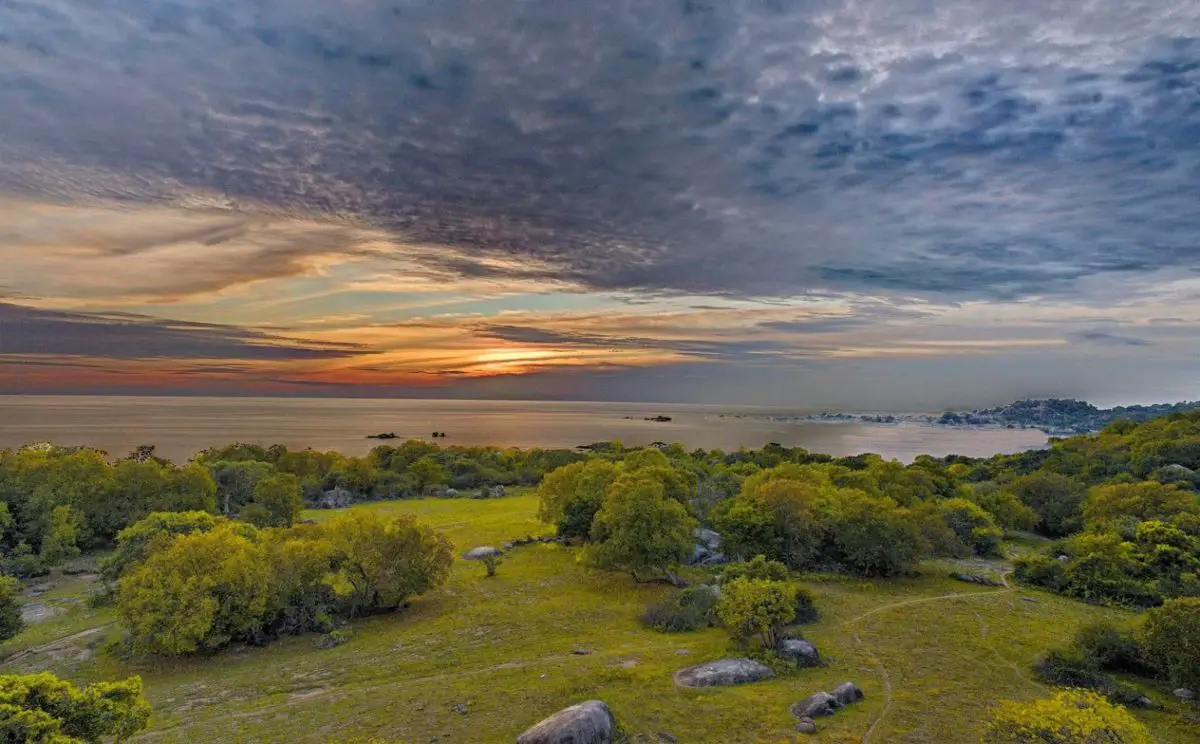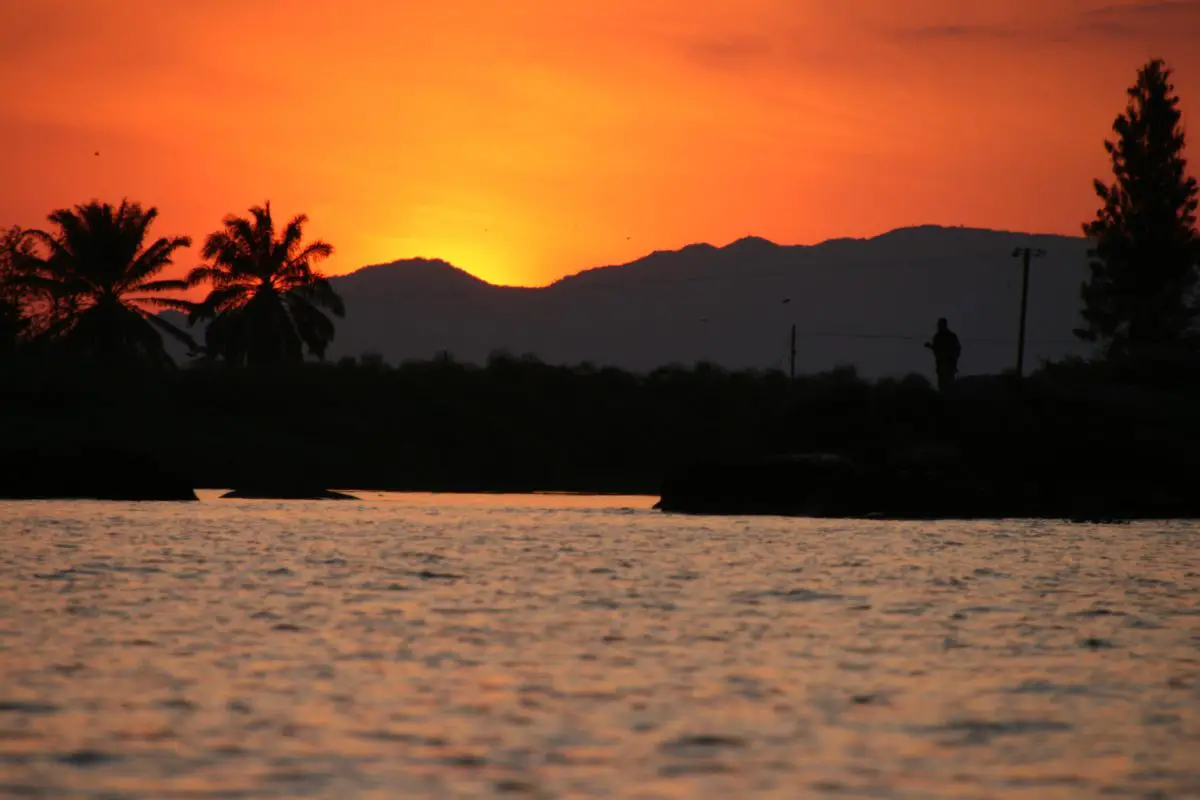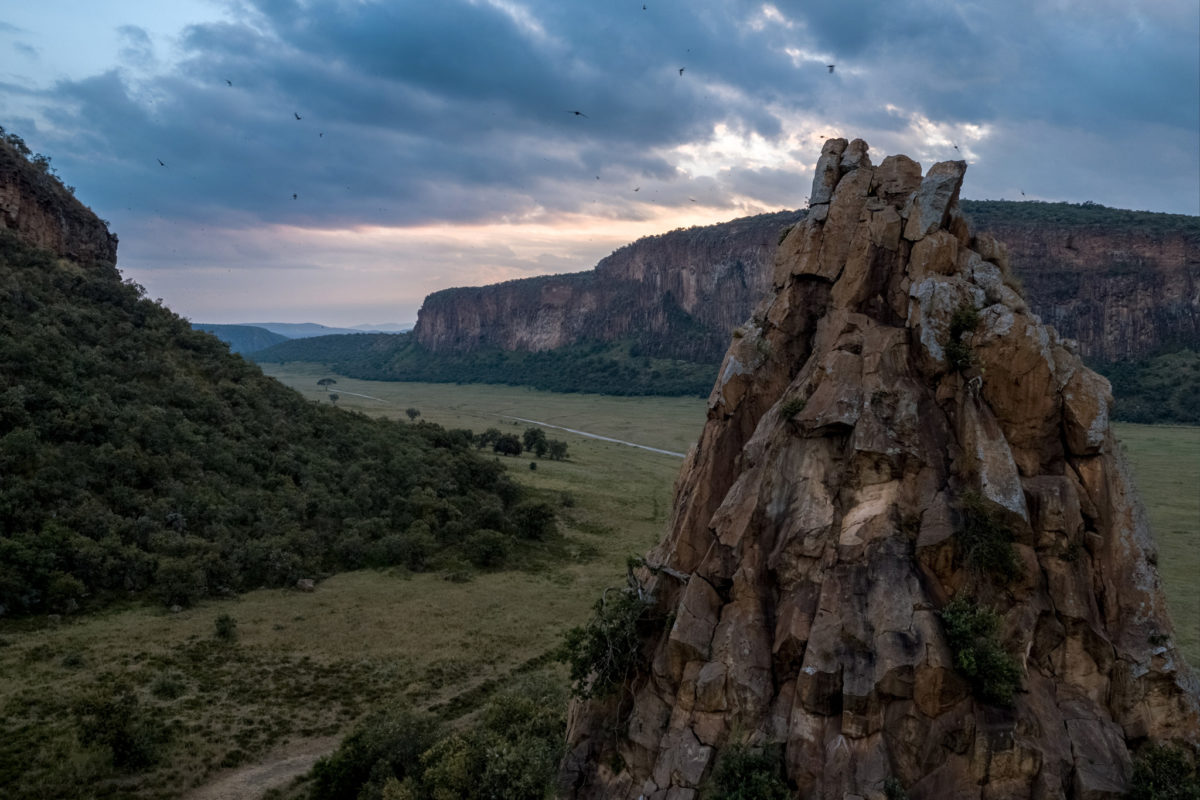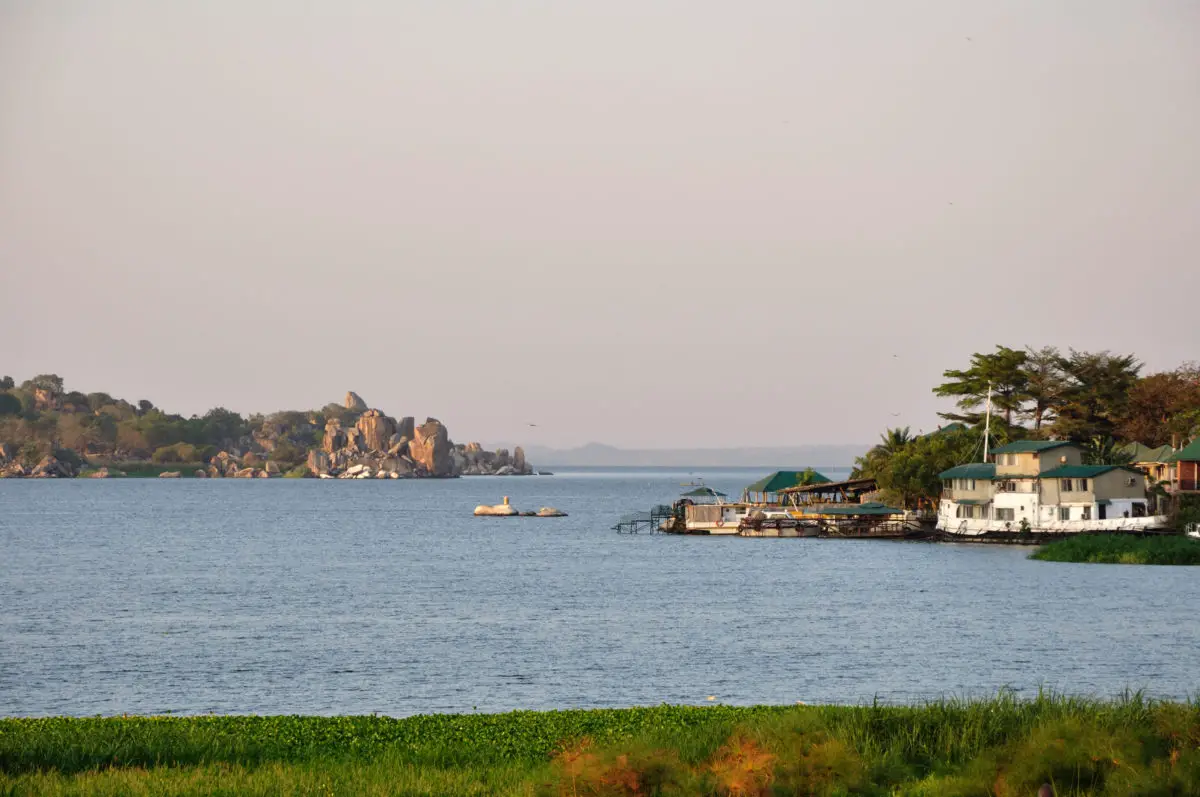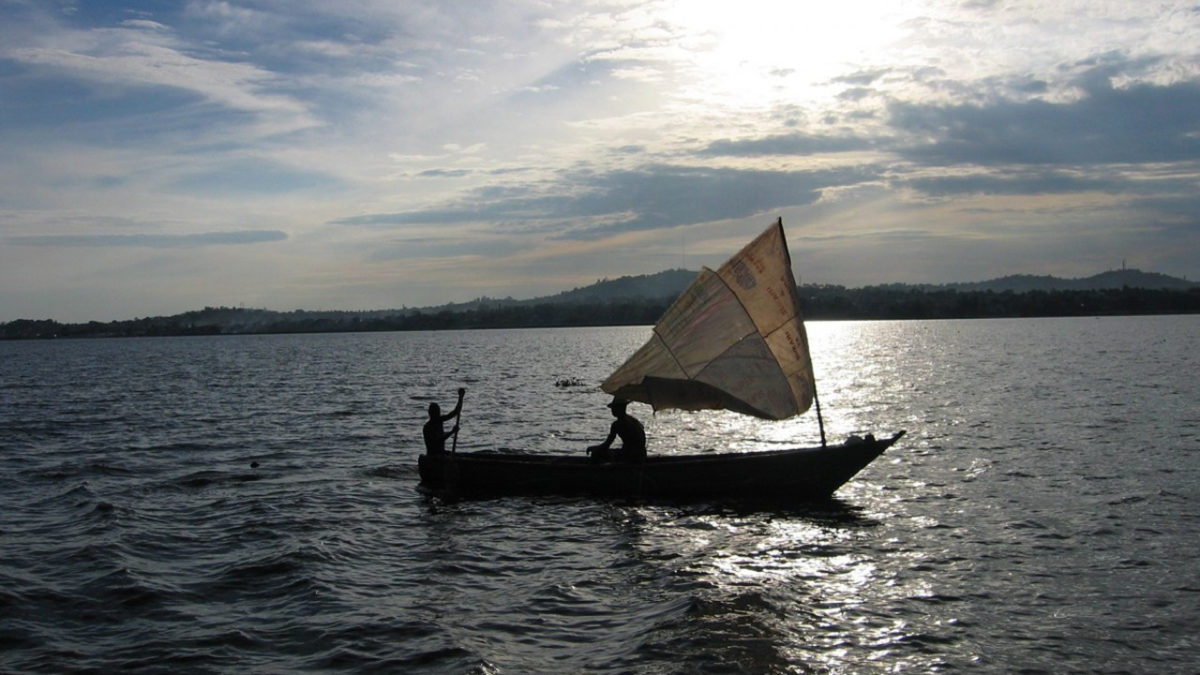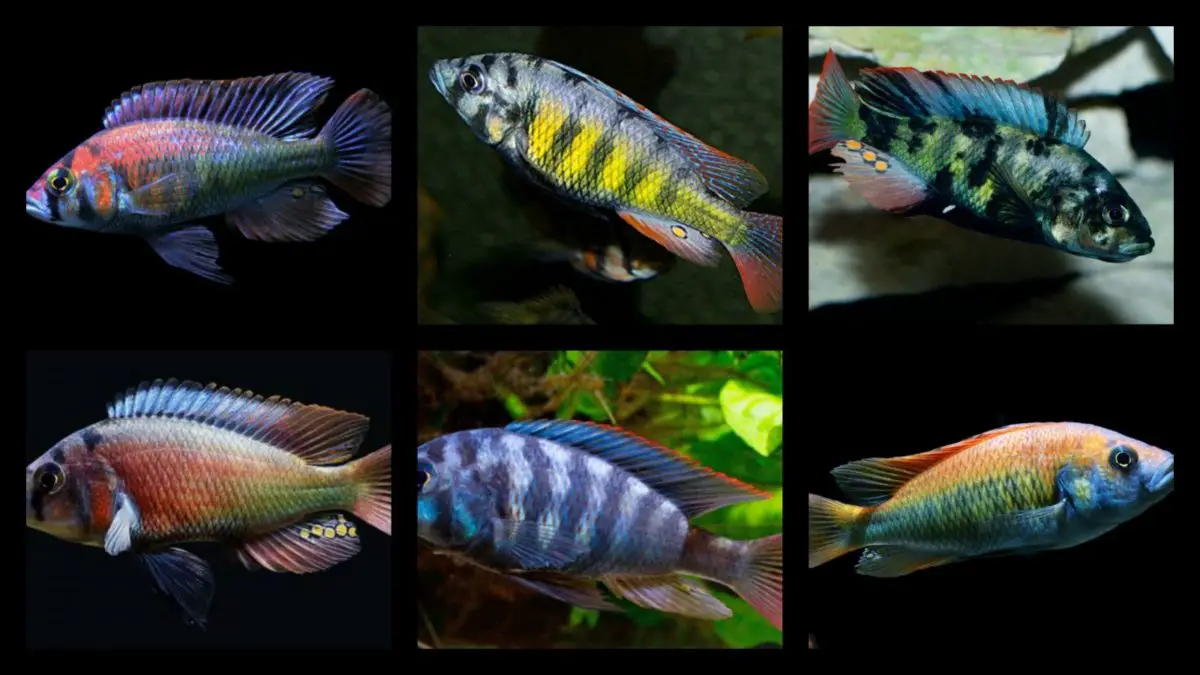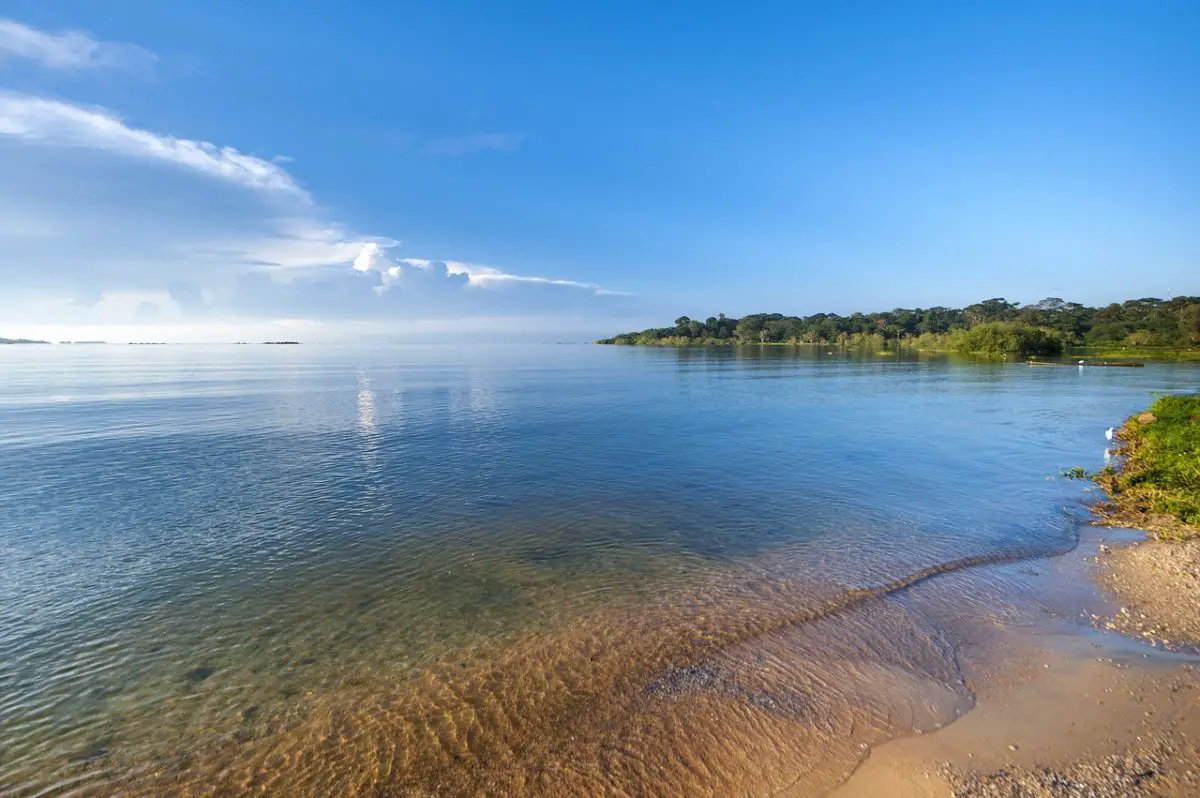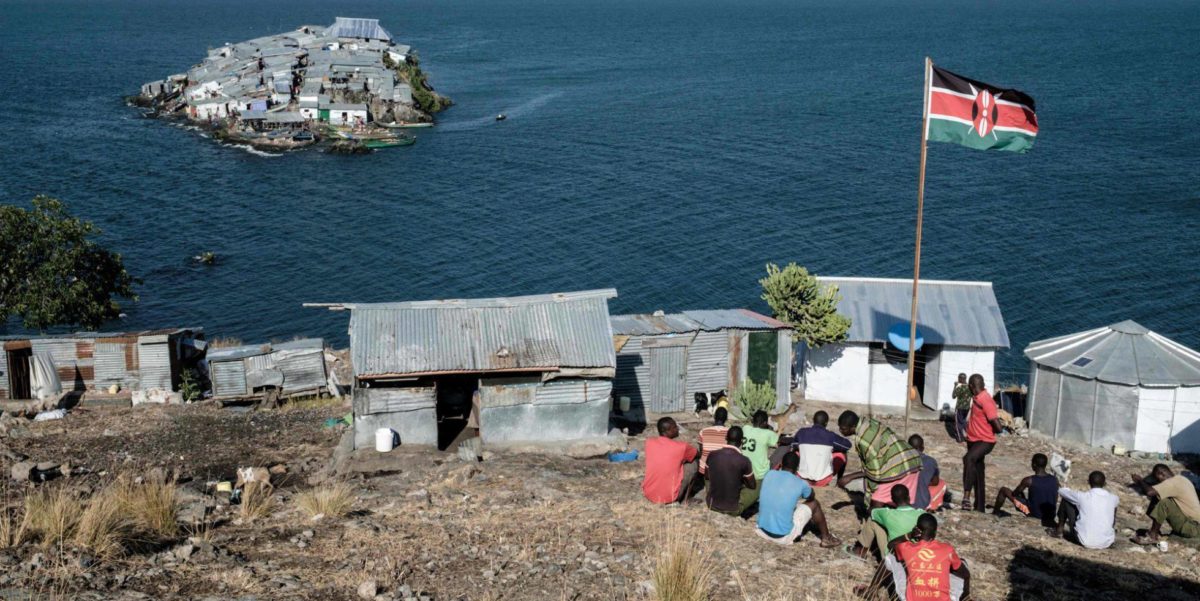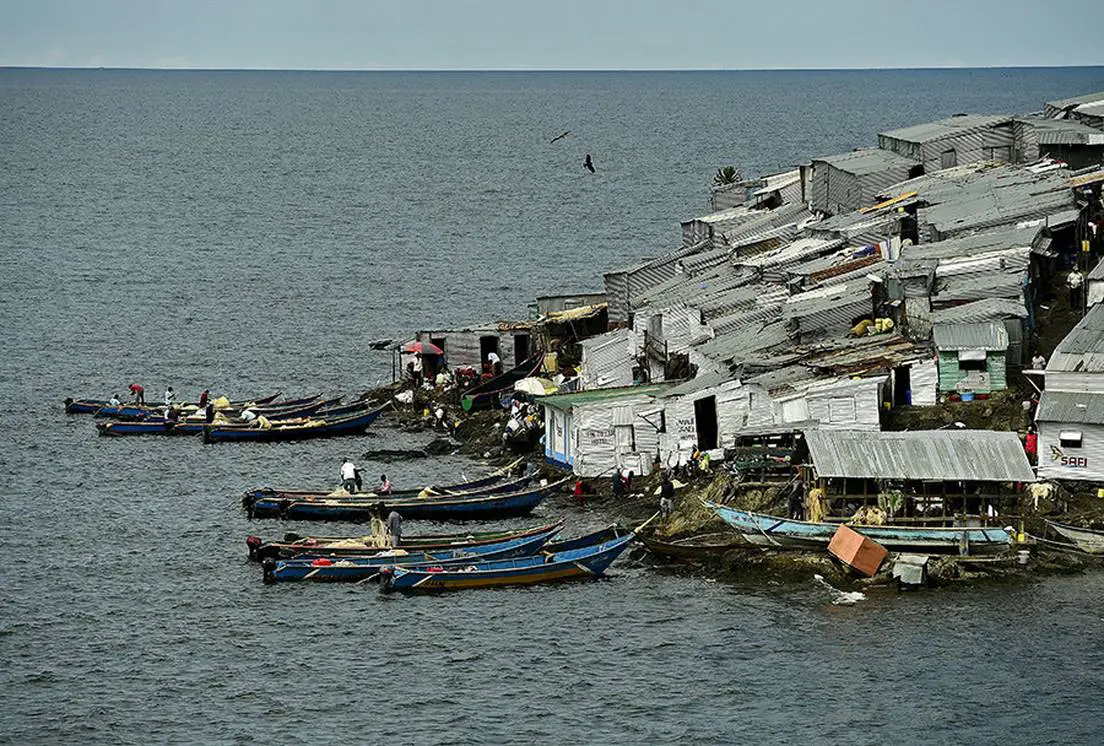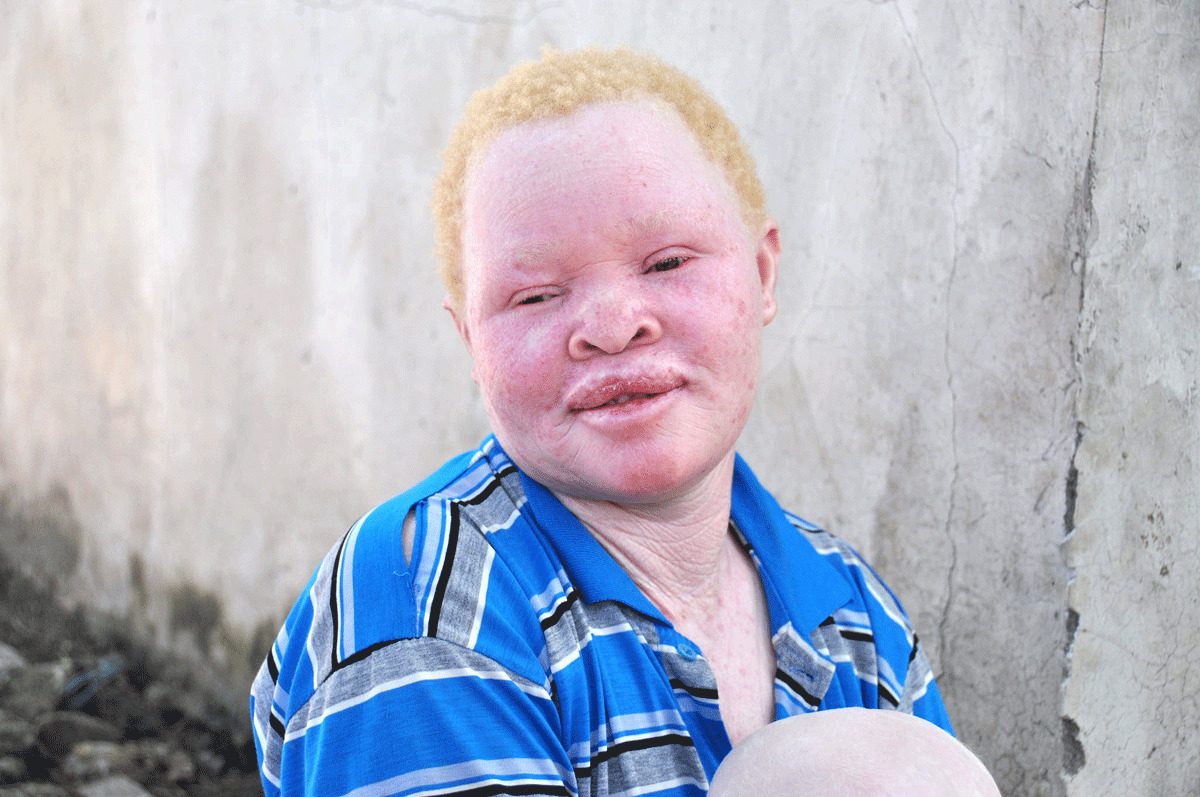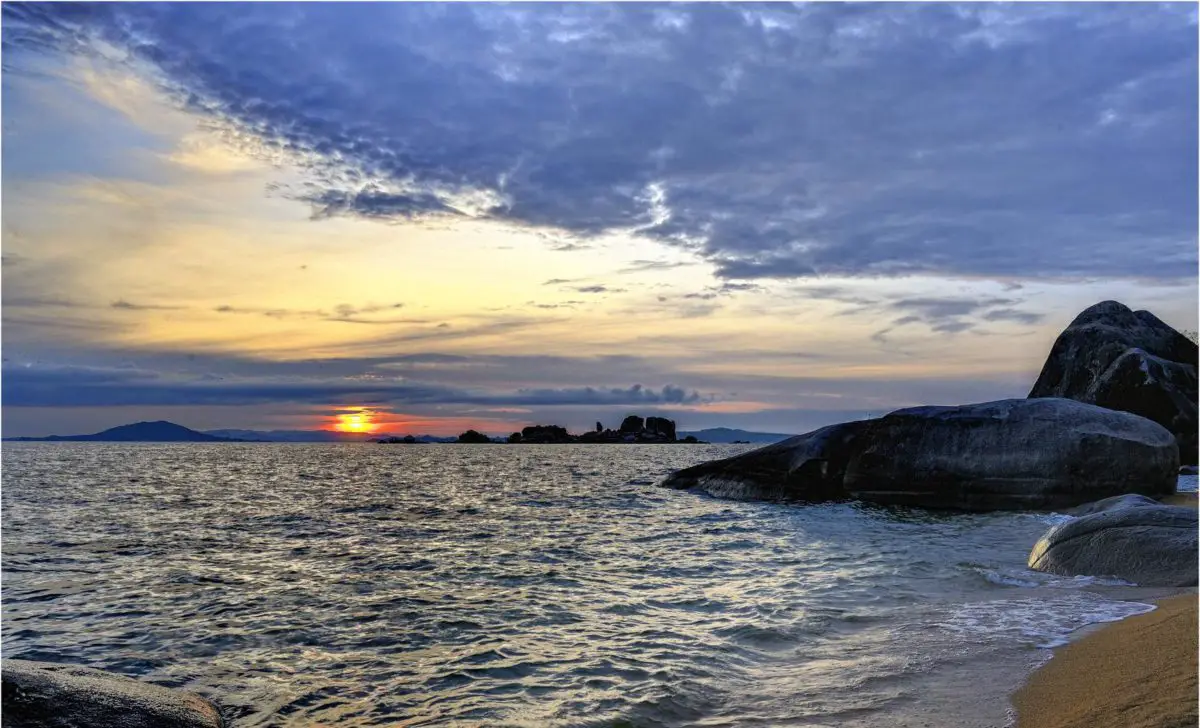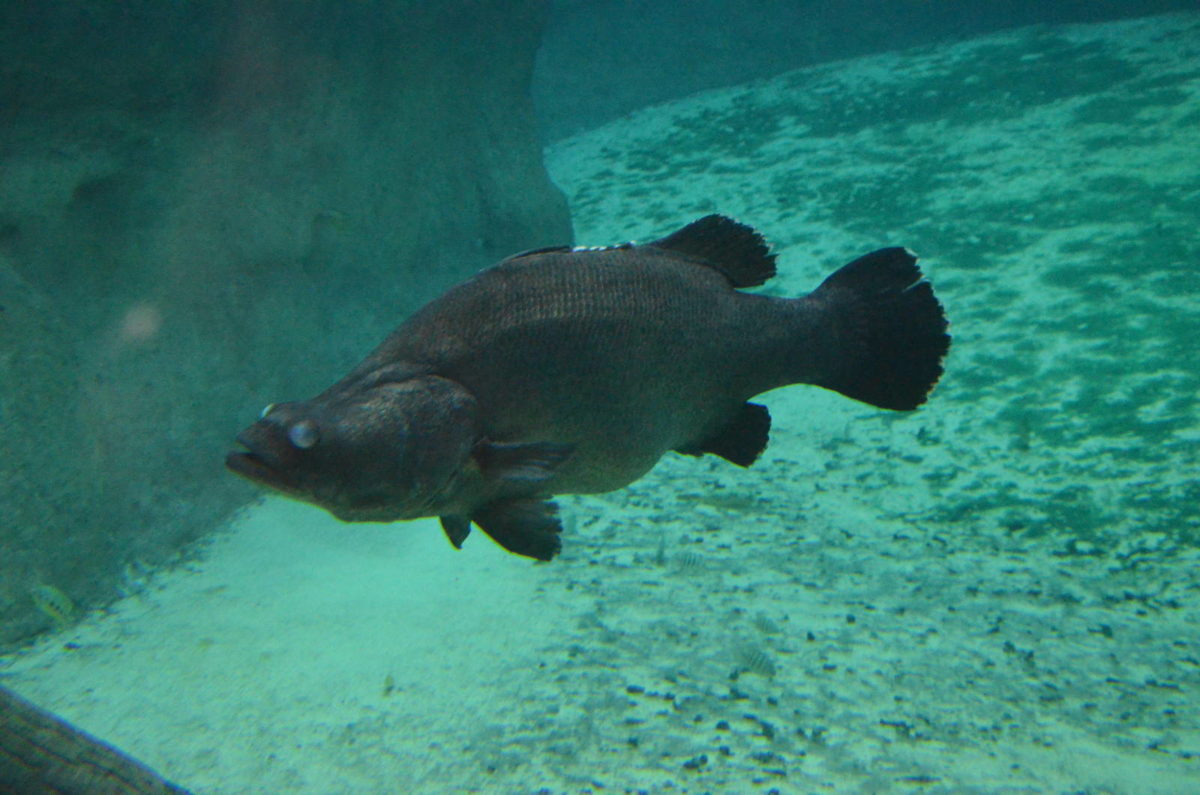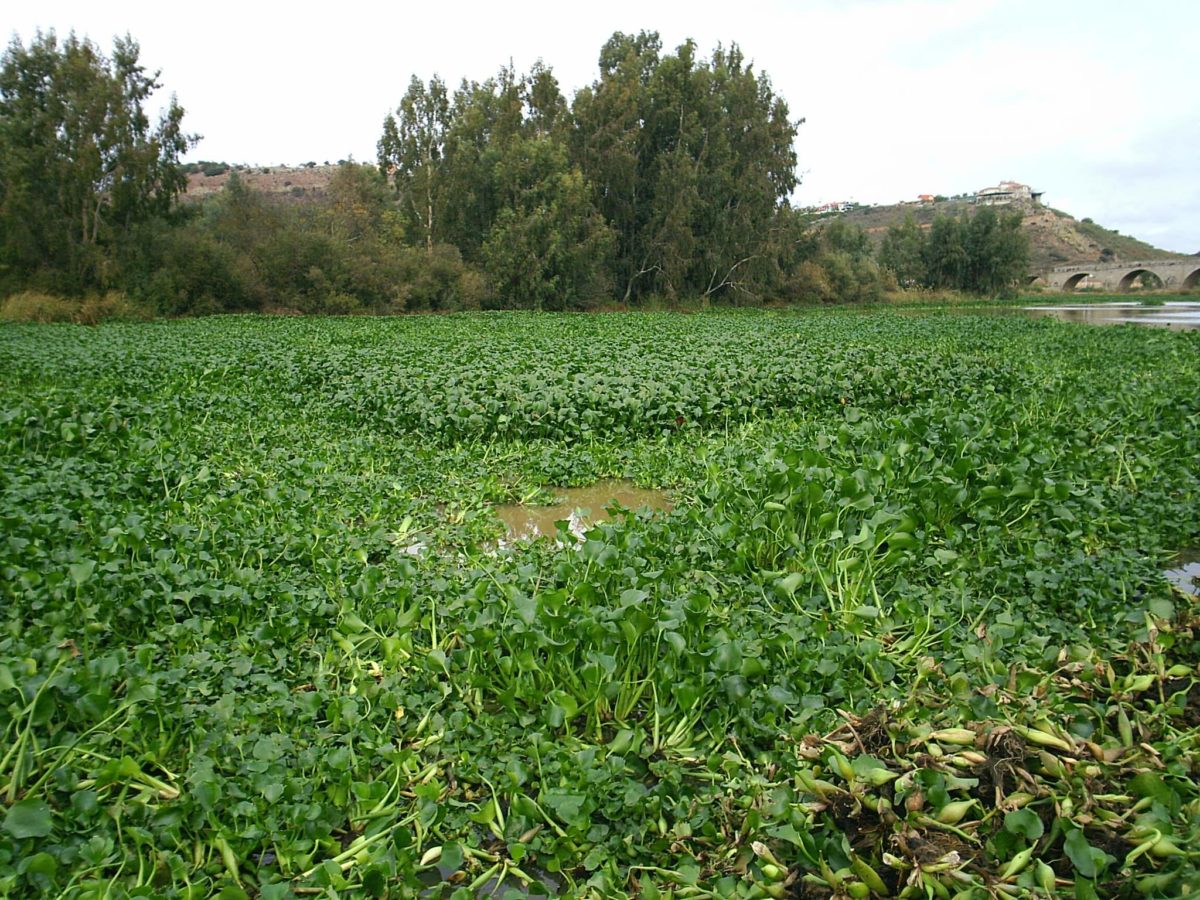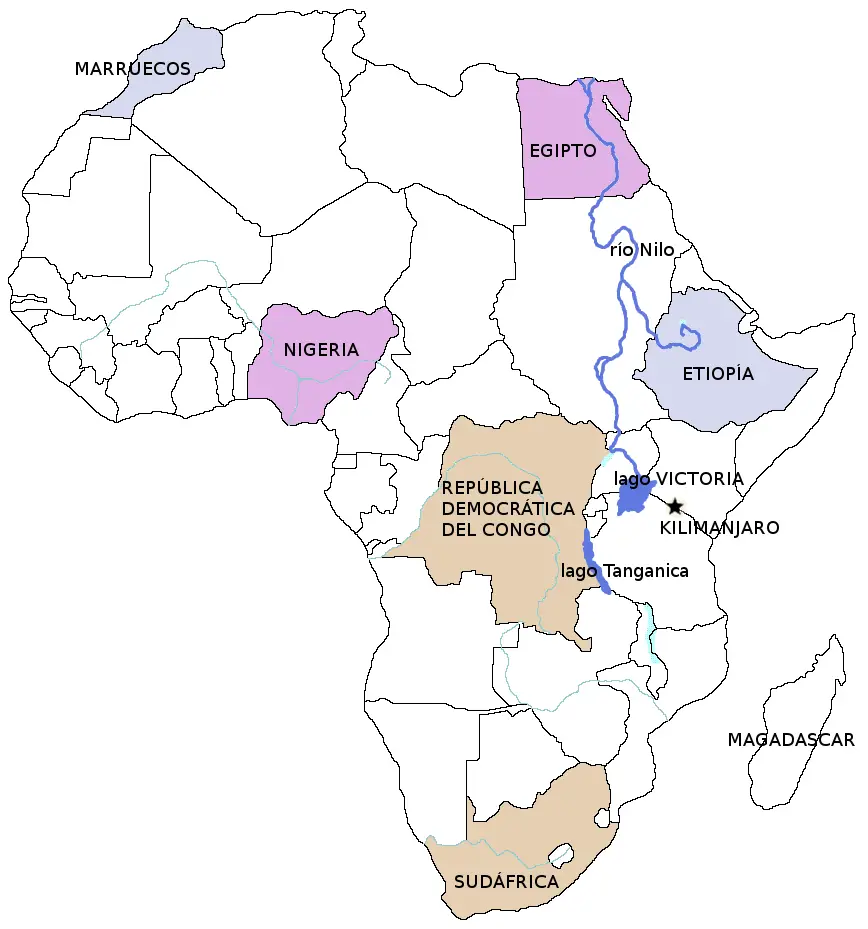The world’s largest tropical lake is known as Lake Victoria, and today it is fighting a battle against pollution that has, unfortunately, taken its toll. Find out all about its history, origin, characteristics, flora, fauna, geology and much more.
Indice De Contenido
Origin of Lake Victoria
Lake Victoria remains a mystery to many scientists, and studies are still underway to determine the origin and age of the world’s largest tropical lake and second largest freshwater lake after Lake Superior in North America.
It is known by different names depending on the ethnic group, for example in the Batú language it is called Nyanza. It is located in central eastern Africa and is shared by three surrounding countries: Uganda, Tanzania and Kenya, and is distributed as follows 31,000 km² in Uganda, 33,700 km² in Tanzania and 4,100 km² in Kenya.
It has a surface area of 69,482 km², its deepest point is only 82 metres and its average depth is 40 metres. Lake Victoria is also a major outlet for the Nile River.
John Hanning Speke, a British explorer, was the first foreigner to reach the lake and named it Victoria in honour of the Queen. The lake lies in a shallow depression and has a catchment area of about 184,000 km².
It also has a coastline of about 4,828 km. Its origin is due to geological changes that allowed earlier, smaller lakes to form.
Scientific studies of the lake’s sediments indicate that it has dried up several times, an estimated three times in total, events closely linked to glacial periods.
This is due to its location in a shallow depression and the fact that during glacial periods temperatures drop and precipitation is scarce, causing the lake to dry up. It is estimated that the lake dried up around 17,300 years ago and was not refilled with water until 14,700 years ago.
It is possible to accept this hypothesis given the shallow depth of Lake Victoria, together with its limited tributaries and its large surface area compared to the volume of water it stores, characteristics that make it susceptible to desiccation and, of course, it does not escape the influence of climatic changes.
There may also have been some tectonic movement that allowed part of the earth’s crust to rise, trapping the water of the tributaries in the depression that allowed Lake Victoria to form.
Remote sensing techniques have been used to study the lake, analysing the sediment deposited on the lake floor and revealing that as recently as 12,000 years ago, the surface where the lake is today was a grassy plain.
If this incredible discovery is correct, it represents a great evolutionary mystery, and there are hundreds of species that have been studied in the search for explanations, as they are closely related to each other.
They are also endemic, meaning that they do not exist anywhere else in the world, and the curious thing is that they must have evolved in a very short time, geologically speaking.
Other discoveries from scientific studies to understand the evolution of Lake Victoria have come from the analysis of pollen collected from the depths of the lake, indicating the existence of a marshy area and below it the remains of the plain. The samples obtained were exposed to radioactive carbon to determine their age, which was only 12,000 years old.
For all these reasons, it remains a mystery how these closely related species of fish could have become genetically separated so recently. Unfortunately, the truth and reason for their existence may never be known, as the introduction of alien species into this unique and mysterious ecosystem has wiped out more than half of the identified endemic species.
History of Lake Victoria
The earliest known reference to Lake Victoria is the 12th century map of Al Drisi, a cartographer and geographer of the Almoravid Empire. This map, dating from the 1460s, perfectly depicts Lake Victoria and shows it as a tributary of the Nile.
Lake Victoria was also mentioned by Arab traders who regularly travelled along these routes in search of slaves, ivory and gold.
But it was not until 1858 that British explorers John Hanning Speke and Richard Francis Burton, on a voyage of discovery through central Africa in search of lakes, found Lake Victoria.
However, by the time they reached the lake, Speke was alone, as Burton had fallen ill and was at Lake Tanganyika to the south. Speke, without waiting for his fellow explorer, named the lake and also claimed to be the discoverer of the source of the Nile.
This naturally led to a dispute between the two explorers and a controversy in the scientific community, which caused a stir among other explorers who wanted to confirm Speke’s claim.
Many failed in their quest for discovery, including David Livingstone, another British explorer who reached the Congo. It was Henry Morton Stanley, a Welsh-American explorer, who proved Speke’s claim.
Tributaries
The most important tributary of Lake Victoria is the Kagera River. It is 621 km long and forms the border between Tanzania and Rwanda, and between Tanzania and Uganda.
If this river were considered part of the course of the Nile, its source would be the furthest point from the Mediterranean, making the Nile-Kagera the second longest river in the world after the Amazon.
Another tributary is the 395km long Mara River, which flows from Kenya to Tanzania and is one of the most important rivers in Africa. The Nzoia River is also a tributary with its source in Kenya and has a length of 334 km.
The Sondu-Miriu River basin rises on the western slopes of the Mau escarpment and carries its alluvial waters to Lake Victoria, making it the fourth largest basin of Kenya’s rivers flowing into Lake Victoria.
Kenya contributes 4 other tributaries to Lake Victoria, providing most of the inflow, these rivers are Mogusi, Nyando, Yala and Sio.
On the other hand, the Katonga River tributary is located in the south-western part of Uganda. Its channel is continuous between Lake Victoria and Lake George, indicating that the waters of Lake Victoria once drained into Lake George along its entire length. It is 220 km long.
The only outflow is the Nile, which leaves the lake near the town of Jinja in Uganda. The part of the Nile where it leaves Lake Victoria is known as the Victoria Nile until it joins Lake Albert. It is also known as the White Nile when it crosses the border between Uganda and southern Sudan.
Characteristics of Lake Victoria
Lake Victoria is the main source of water for the Nile River, which continues its course to Lake Albert in the upper reaches of the river, called the White Nile. As mentioned above, Lake Victoria’s largest tributary is the Kagera River in north-western Tanzania.
It is a very young lake compared to other lakes such as Malawi or Tanganyika, both of which are in Africa but are several million years older.
It is home to more than 30 million people from a wide range of ethnic groups, the majority of whom are Bantu. There are also the Kiga, Luhya, Kikuyu and Maasai.
The lake is the main source of food for most of the people living along its shores, although diamond and gold mines have been found in the area. Agriculture also takes place in the areas near the river, where cotton, coffee, tea and other crops are grown.
Climate of the lake
The climate of this region can be classified as subtropical-tropical and is characterised by not being too hot due to its altitude. It is warm and humid all year round, especially between November and April. The coolest months are between June and August and are also the driest.
Tanzania has two distinct rainy seasons, but this is not the case in the Lake Victoria region, where maximum rainfall occurs in January and February, with an average of 100 to 150 millimetres per month.
Flora, fauna and geology
In recent years, Lake Victoria has been the victim of a series of situations that have significantly affected its natural state, affecting the entire ecosystem, including its species.
In this sense, the high population density, the irrational exploitation of its resources, the introduction of alien species, among other factors such as climate change, affect the life of Lake Victoria.
Since the introduction of the Nile perch in the middle of the 20th century, at least two hundred species of Haplochromis, the genus of fish belonging to the family Cichlidae, mostly endemic to Lake Victoria, have been lost.
This is one of the factors that has had the greatest impact on the biodiversity of Lake Victoria and threatens the extinction of other species, but it is not the only factor, as the process of eutrophication of the lake is another factor influencing the accelerated loss of species.
As we know, eutrophication is caused by the pollution of the lake with sewage, run-off water containing excess fertiliser, pesticides, solid waste, etc. This polluted water adds nutrients to the environment.
This polluted water adds nutrients to the environment, causing the growth of algae and bacteria, which are located on the surface of the lake, preventing the entry of light, thus affecting the photosynthesis process by phytoplankton (primary producers), oxygen levels drop and the lake begins to die slowly.
This environment is also home to the water hyacinth, which, like the perch, has become an invasive plant species in Lake Victoria.
The growth of this species is facilitated by the discharge of large quantities of industrial and agricultural effluent into the lake, which increases the concentration of nitrogen and phosphorus in the lake.
The growth of this species depletes the oxygen in the lake, inhibiting natural decomposition and creating a toxic environment that affects the fauna, flora and inhabitants of the area.
However, it is not all negative; the presence of this plant in the lake and its interference with fishing activities has had a positive effect on some fish populations, which have increased in number.
The lake is also home to large mammals such as buffalo and the dangerous and territorial hippopotamus, not forgetting the crocodiles.
On the other hand, Lake Victoria has a geological history that suggests that before it settled in its present depression, there were an indeterminate number of smaller lakes that systematically dried up with each of the glaciations that occurred in the geological periods that preceded its formation.
In geological terms, Lake Victoria is only 400,000 years old and was formed by the confluence of westward-flowing rivers whose waters were dammed by a rise in the earth’s crust in the area.
Lake Victoria Islands
Lake Victoria’s structure is complemented by a series of islands scattered across the length and breadth of its surface, more than half of which are inhabited.
The following are some characteristics of the main islands of Lake Victoria, which has more than 84 islands in its interior, known as the Ssese Islands Archipelago.
This archipelago is located north-west of Lake Victoria in Uganda in Kalangala District. The 84 islands that make up the Ssese Archipelago range in size from less than 10,000 square metres to more than 40 kilometres in length, such as Bugala Island.
The archipelago is divided by the Koome Channel, which divides the islands into two groups, one to the south-west, which includes Bugala, and the other to the north-east, which includes islands such as Damba, Koome and Luwaji.
Nabuyongo Island
This island is located in Tanzania and administratively falls under Kagera, a region in the north of the country. It is called Gobsiba by the people of the region. This small island witnessed the naval war between British and German ships during the First World War.
Ukara Island
This island is located in the Ukerewe District of the Mwanza Region of Tanzania. Known locally as Bukara, it is characterised by an overpopulated agricultural population.
Ukerewe Island
This is the largest island in Lake Victoria with an area of 530 km² and is part of the Lake Victoria District. It consists of a series of bays and is surrounded by other small islands.
Its population is characterised by a significant number of albino Africans, and it is said that the island began to be populated by people suffering from this genetic disorder because they were brought there and abandoned by their relatives. Even today, there is a clear social segregation with Africans with completely white skin and hair.
We cannot fail to call for inclusion and tolerance of the diversity that enriches human society every day, albino Africans are warm people with much to give and contribute to the society in which they live, they are unique and special and equal to anyone with a different skin colour.
This special island has waterways served by ferries and a vehicle ferry that connects the island through the Rugezi Channel. A dirt road connects the island to the towns of Kibara and Musoma.
Bubembe Island
Located in Lake Victoria but on the Ugandan side, this island is said to be the home of Mukasa, a Catholic martyr who was beheaded by King Mwanga II in 1886, at a time when there was a fierce dispute between Muslim and Catholic followers.
The people of this island are warm and simple, and their lives revolve around religion, fishing and the urban centre that has developed on the island.
Island of Bugaia
This island is located in the northern part of Lake Victoria, it also belongs to the African state of Uganda and is under the administrative jurisdiction of Mukono District.
It has an area of 275 km² and is 34 km long, making it the second largest island in Lake Victoria. Its capital is Kalangala, which is accompanied by another important town on the island called Luku.
Bugala Island
This small island also belongs to Uganda and is located in Mukono District, north-west of Lake Victoria, forming Kalangala District.
It is separated from the northeastern and southeastern islands by a channel called Koome, named after Koome Island, the largest island in the northeastern group.
Koome Island
Koome Island is located about 35 kilometres by sea, south-east of Entebbe, the largest and closest town to the island. The most developed urban area on the island is Bugombe, located on the north-western shore.
The main economic activity is Nile perch fishing, which is combined with agriculture, livestock and forestry to support the population.
Migingo Island
This is a small island of about 2000m², which has the peculiarity of being close to areas of great fishing wealth.
It is said that two Kenyan settlers were the first to arrive on the island, but in 2004 a Ugandan claimed responsibility for founding the island. His arrival was followed by other settlers from Uganda, Kenya and Tanzania.
Uganda claims fishing rights because people from Migingo Island, which belongs to Kenya, fish in its waters, which are very close to the island.
In 2008 and 2009, the island was claimed by both Kenya and Uganda, and the dispute ended with a statement by Ugandan President Yoweri Museveni acknowledging that the island was in Kenyan territory, but claiming that Kenyan fishermen were fishing illegally in Ugandan waters.
Environmental issues
The world’s largest tropical lake is dying, that is the sad reality of Lake Victoria. Its more than 300 endemic species have been decimated by more than half due to the voracity of a foreign species introduced into its waters.
The British, who were still colonising countries on the African continent in the mid-19th century, introduced the Nile perch, scientifically known as Lates niloticus, on the grounds that the native tilapia in Lake Victoria were too small.
This was the first ecological mistake made in Lake Victoria. This species is a very voracious predator and has such a high reproductive rate that it can grow to over 2 metres long and weigh up to 200 kg.
These characteristics make it a highly competitive species and in less than 30 years it has wiped out the native fauna of Lake Victoria, with the number of species lost or eaten by the Nile perch estimated at over 250.
However, it is not only the Nile perch that is a major environmental problem in Lake Victoria, but also the amount of polluted wastewater that flows into the lake, pushing its waters to unprecedented levels of eutrophication.
Lake Victoria’s pollution is dominated by a variety of sewage and run-off from agricultural and industrial areas, as well as the dumping of solid waste.
All this in a shallow lake whose evaporation rates are sometimes higher than the flows that feed it is definitely an impact that does not have the resilience to restore the environmental balance.
In the same way, the Lake Victoria basin is densely populated and these urban areas discharge their polluted effluents into the lake without any kind of treatment, thus accelerating the eutrophication of Lake Victoria on a daily basis.
Biodiversity has also been affected by the discharge of these untreated waters, as it promotes an increase in the concentration of nutrients that favour the development and growth of certain plant species, such as the river hyacinth. This plant is also becoming a serious environmental problem as it reduces light penetration into the lake, thereby reducing oxygen production.
River hyacinth also has a negative effect on navigation, as it is so dense that it gets caught in the propellers of the engines that drive the boats.
Most of the environmental damage done to Lake Victoria is irreversible. It affects not only the biodiversity and water quality of the lake, but also the livelihoods and traditions of the people who live on its shores and islands.
Location and Map of Lake Victoria
Lake Victoria lies in a natural depression in eastern central Africa. It covers an area of 69,482 km² and is only 82 metres deep at its deepest point.
It is a beautiful ecosystem that sustains life and is in serious danger, even today much is unknown about its origin and the species of flora and fauna that live in it, but it should be noted that the populations that live in Lake Victoria are also in serious danger.
Below is a map of the lake, showing the location of Lake Victoria in relation to Mount Kilimanjaro, a dormant volcano that forms the highest mountain in Africa, and the course of its waters towards the Nile River.
If you have found the information in this article useful, we invite you to read the following articles:
- Nile River
- Paute River
- Tomebamba River

